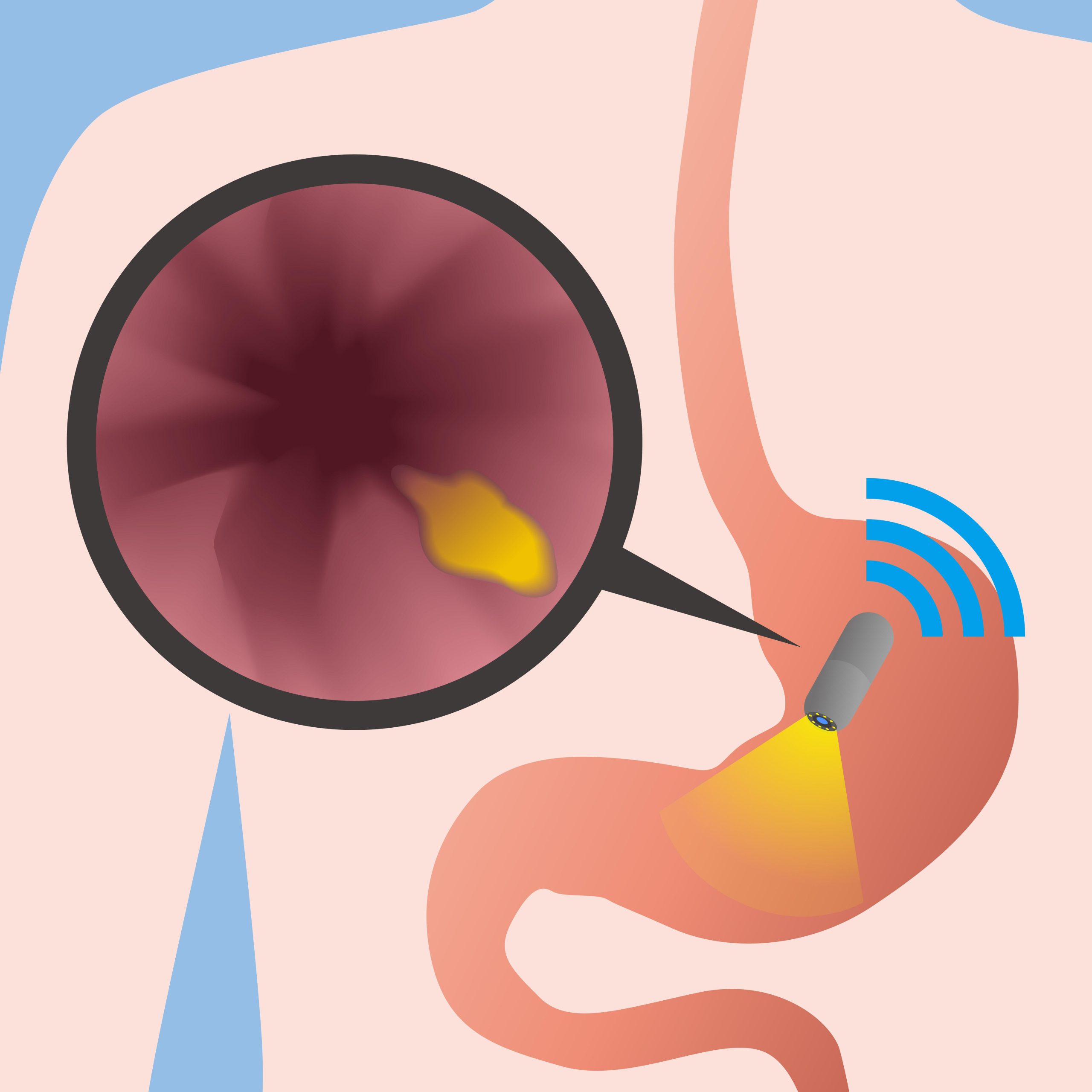Everything You Need To Know About A Capsule Endoscopy
When it comes to diagnosing and treating gastrointestinal issues, medical technology has made significant strides in recent years. One such breakthrough is the capsule endoscopy, a non-invasive and highly effective procedure that allows doctors to examine the small intestine. At Gastro Melbourne, we’re dedicated to providing cutting-edge gastrointestinal care, and in this comprehensive guide, we’ll walk you through everything you need to know about capsule endoscopy, from its purpose and procedure to its benefits and potential risks.
What is Capsule Endoscopy?
Capsule endoscopy is a minimally invasive medical procedure used to visualize the small intestine, an area that is challenging to access with traditional endoscopy or colonoscopy. It involves the use of a small, swallowable capsule equipped with a tiny camera, which captures high-resolution images as it travels through the digestive tract. These images are transmitted to a recording device worn by the patient and later reviewed by a gastroenterologist.
Purpose of Capsule Endoscopy
Capsule endoscopy is primarily used for the following purposes:
Diagnosis: It is an invaluable tool for diagnosing various gastrointestinal conditions, such as Crohn’s disease, celiac disease, unexplained bleeding, and tumors in the small intestine.
Monitoring: Capsule endoscopy can be used to monitor chronic conditions like Crohn’s disease and assess the effectiveness of treatment.
Identification of Polyps and Lesions: It helps in identifying polyps, ulcers, and lesions within the small intestine.

The Capsule Endoscopy Procedure
Let’s take a closer look at what happens during a capsule endoscopy procedure:
Preparation: Before the procedure, you may be asked to follow dietary restrictions and fast for a certain period. This ensures that the small intestine is as clear as possible for optimal imaging.
Swallowing the Capsule: The procedure begins by swallowing the capsule, which is about the size of a large vitamin pill. It contains a camera, a light source, and a transmitter.
Recording Device: You wear a recording device, usually attached to a belt or harness, which is connected to sensors placed on your abdomen. The capsule transmits images to the recording device as it passes through your digestive system.
Going About Your Day: After swallowing the capsule, you can continue with your daily activities, with some restrictions. Avoid strenuous exercise and remain within a certain range of the recording device to ensure continuous image capture.
End of Procedure: The procedure typically lasts 8-12 hours, after which you return the recording device and sensors to your healthcare provider.
Reviewing the Images: The gastroenterologist reviews the images captured by the capsule and compiles a comprehensive report. This may take a few days.
Benefits of Capsule Endoscopy
Capsule endoscopy offers several advantages over traditional endoscopy and colonoscopy:
Non-Invasive: It is a non-invasive procedure that doesn’t require sedation or the insertion of a tube.
Comprehensive Imaging: Capsule endoscopy provides detailed images of the entire small intestine, which can be challenging to access with other methods.
Minimal Discomfort: Patients generally experience minimal discomfort during the procedure.
Early Detection: It can help in the early detection of gastrointestinal issues, potentially leading to quicker treatment and better outcomes.
Convenience: Patients can go about their daily activities while the capsule travels through the digestive tract.
Risks and Considerations
While capsule endoscopy is generally safe, there are some risks and considerations to be aware of:
Capsule Retention: In rare cases, the capsule may become stuck in the gastrointestinal tract, particularly in patients with a history of intestinal obstructions or narrowing. Your doctor will assess the risk before recommending the procedure.
Incomplete Examination: In some cases, the capsule may not reach the end of the small intestine, potentially leading to an incomplete examination.
Allergic Reaction: There is a minimal risk of an allergic reaction to the components of the capsule.
Inability to Swallow: Patients who have difficulty swallowing may not be suitable candidates for capsule endoscopy.
Battery Life: The capsule has a limited battery life, typically lasting 8-12 hours. If it stops transmitting images prematurely, a second capsule may be required.
Conclusion
Capsule endoscopy is a valuable diagnostic tool that has revolutionized the way we examine the small intestine. At Gastro Melbourne, we understand the importance of staying at the forefront of medical technology to provide our patients with the best possible care. If you are experiencing unexplained gastrointestinal symptoms or have been referred for a capsule endoscopy, rest assured that you are in capable hands.



